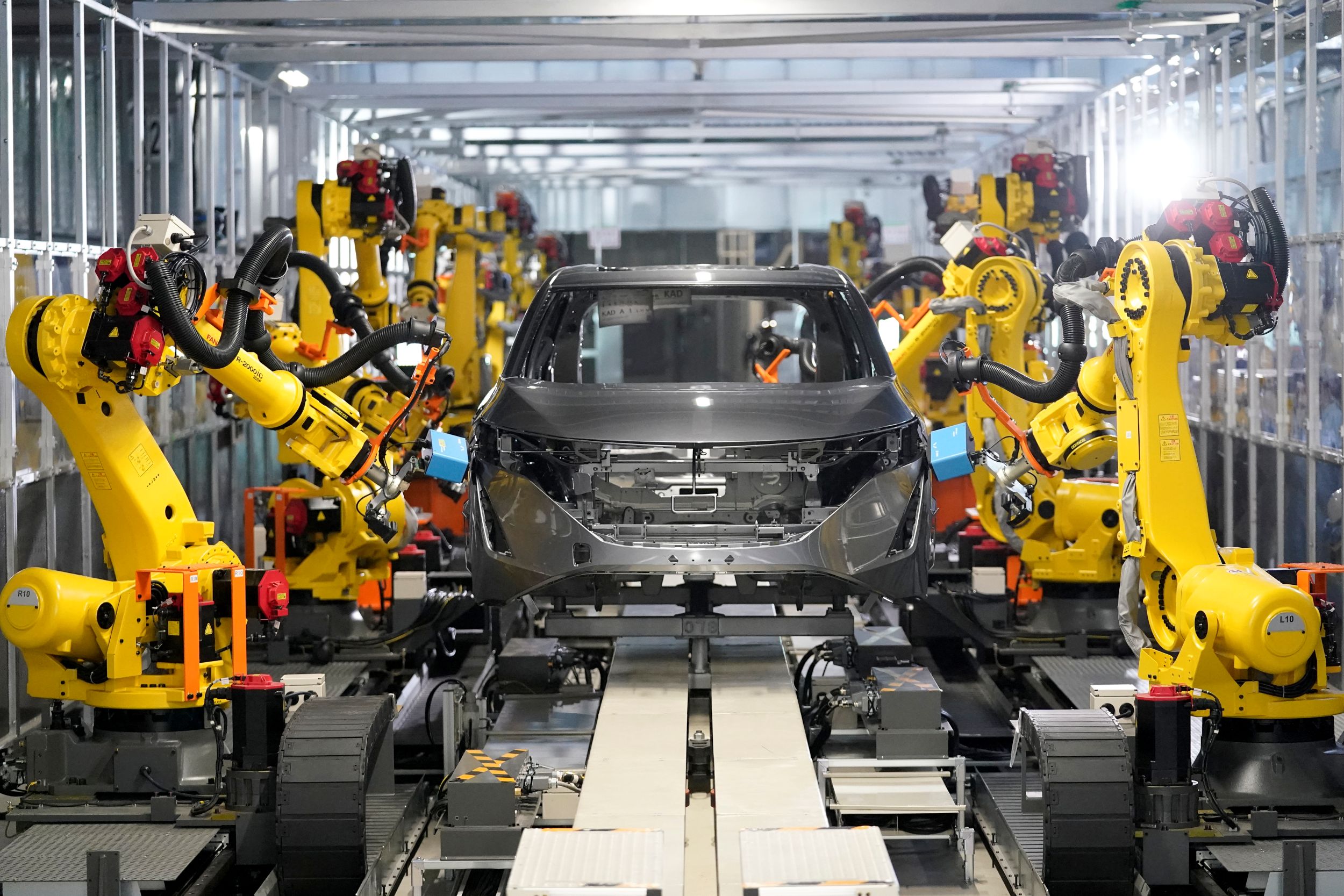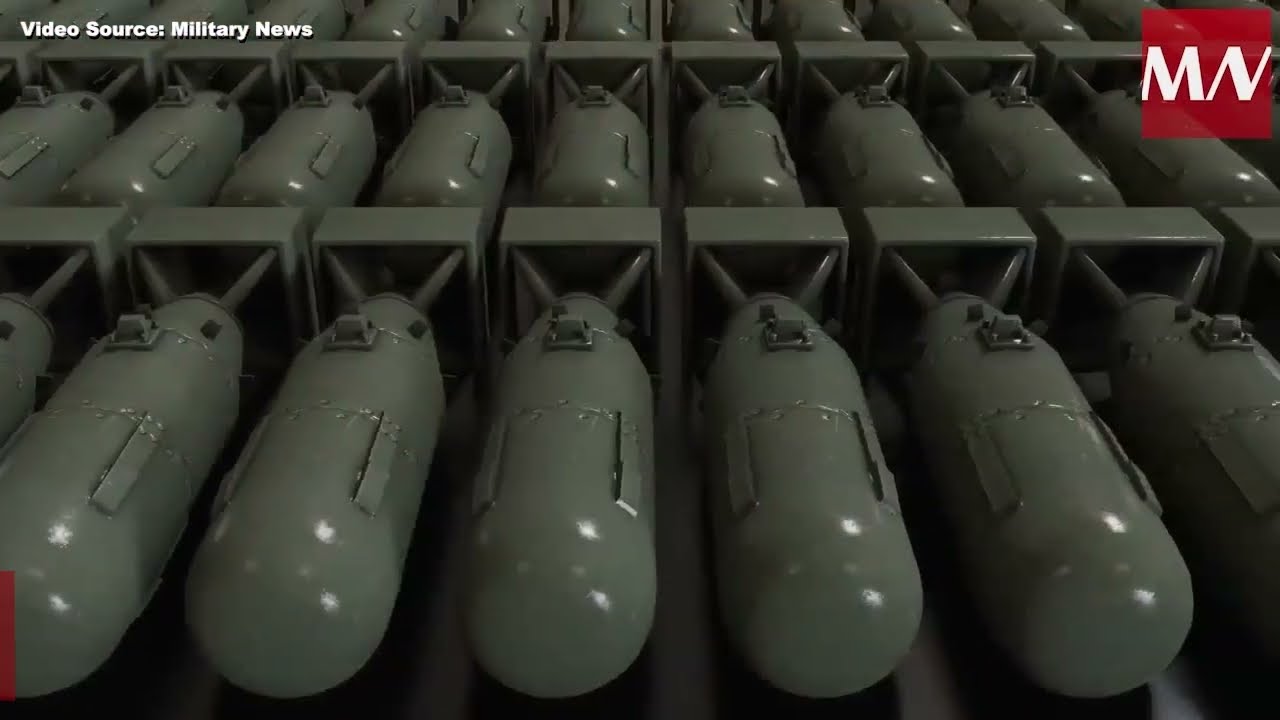Quarterly Balance Sheets Reflect Resilience to Tariff Effect

The second quarter financial results have brought with them the first concrete figures on the impact that US government tariffs have had on the operations of automotive companies operating in the neighboring country.
These reports suggest that no company was spared from the effects, although some reacted more effectively to the new global trade environment and, as a result, were able to maintain their performance forecasts for the rest of the year unchanged.
Such is the case of General Motors, whose net profits totaled $1.89 billion, 35% less than the $2.93 billion reported in the same period in 2024. Its total revenue for the second quarter was $47.1 billion, down 1.8% from $47.97 billion a year ago.
The company said that tariffs cost it $1.1 billion in the last three months, but its full-year earnings forecast of between $8.2 billion and $10.1 billion remains unchanged.
It should be noted that vehicle and auto part imports are currently subject to a 25% tariff, with significant exceptions for production in Mexico and Canada that complies with the regional content rules of the USMCA.
However, the Trump administration has already reached three preliminary agreements with the United Kingdom, Japan, and the European Union that will substantially reduce this tariff in the short term.
However, there is another 50% tax in force on steel and aluminum, which has a significant impact even on automakers that produce 100% of the vehicles they sell in the United States domestically.
This situation can be seen in the results of Tesla, which, in addition to tariff policies, has been affected by the elimination of tax incentives for the sale of electric cars.
The multi-technology company reported a 16% drop in net income to $1.2 billion, largely due to a severe decline in sales, estimated at 21% by Cox Automotive.
The automaker led by Elon Musk said the cost of tariffs during the second quarter was around $300 million, but anticipated that the figure would increase in the coming periods.
Along the same lines, Stellantis estimated that the new trade barriers cost it €300 million (US$352 million) during the first half of the year.
Similarly, the multinational anticipated that the cost of tariffs during the second half of the year will be higher, ending the year at between €1 billion and €1.5 billion (up to US$1.763 billion).
The automaker, which markets the Jeep, Ram, Fiat, and Dodge brands, among others, said that according to preliminary unaudited figures, it accumulated losses of $2.7 billion during the first half of the year.
Like General Motors, Stellantis benefits from a production base in North America that complies with the USMCA rules of origin, which has allowed it to cushion the impact of tariffs.
The opposite is true for Hyundai, which reported an operating profit of $2.64 billion in the second quarter. However, since the South Korean company and its subsidiary Kia import a large volume from Asia, the cost of tariffs represented an impact of $606 million in the April-June period, while they anticipated that the impact for the current quarter will be even greater.
For its part, Volkswagen, one of the automakers with a presence in the United States that is most exposed to tariffs, reported operating profits of $4.49 billion, representing a 29% drop compared to the second quarter of 2024.
For the German company, the cost of tariffs in the first half of the year was $1.53 billion (€1.3 billion), to which extraordinary restructuring costs of €700 million ($822 million) were also added.
Toyota, which reports its results based on fiscal periods, anticipated a couple of months ago that tariffs would cost it $1.2 billion in April and May alone.
While the Japanese automaker said it was difficult to calculate the cost of the tariffs for the rest of the year, it acknowledged that the impact of the first two months led it to reduce its operating profit forecast by 21% to a total of $25.4 billion for the current fiscal year ending March 31, 2026.
Forecasts
Although there is some consensus among some automakers that the tariffs will hit finances harder in the second half of the year, the impact may not be as severe if the three preliminary trade agreements are taken into account.
The first of these, with the United Kingdom, allows for the import of 100,000 vehicles at a tariff rate of 10%, which, once reached, raises the tariff to 25%. In the other two cases, with Japan and the European Union, a permanent tariff of 15% was agreed upon.
It should be noted that these agreements are in line with forecasts made by analysts at S&P Global Mobility, who have anticipated this scenario in which only a 12% tariff on vehicles produced by Mexico and Canada remains to be implemented.
This forecast has led the consulting and analysis firm to adjust its latest global automotive production forecast upward to nearly 15 million units by the end of 2025, an increase of 241,000 vehicles over the estimate made last June.
However, the same firm acknowledges that projections for 2026 and 2027 will be reduced, reflecting inventory stabilization and “persistent tariff impacts.”
*This report will be updated on July 30 with data from Ford Motor Co.





